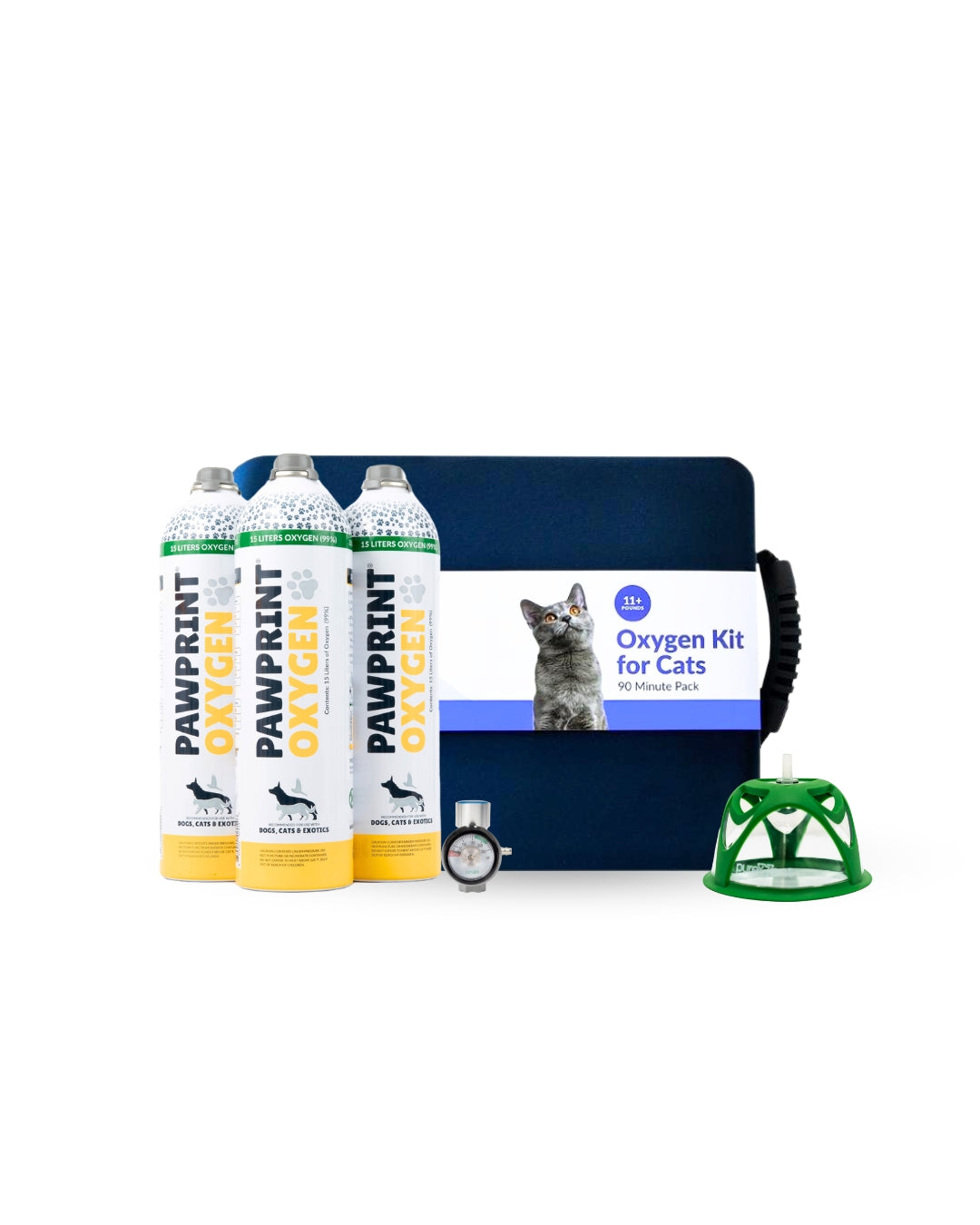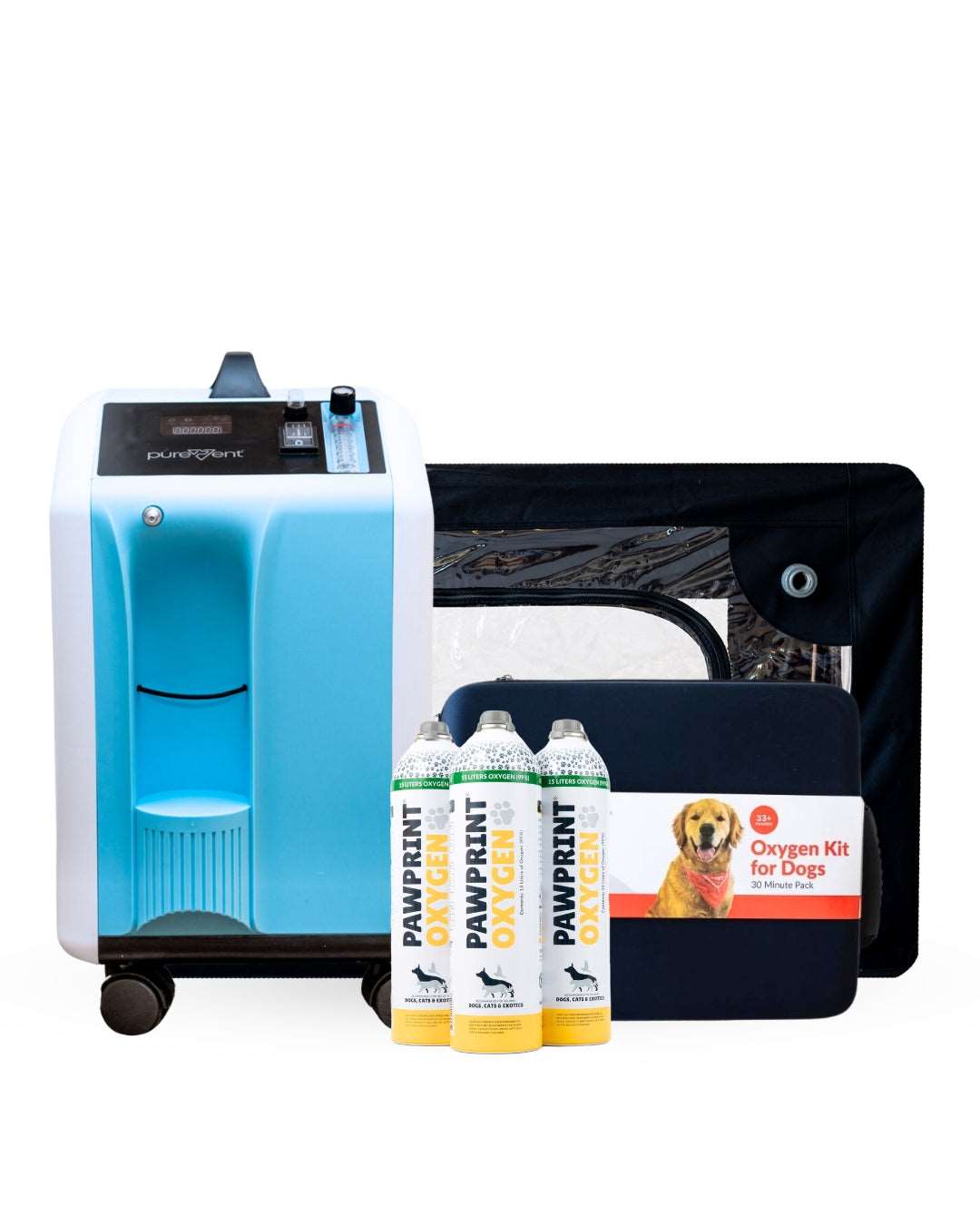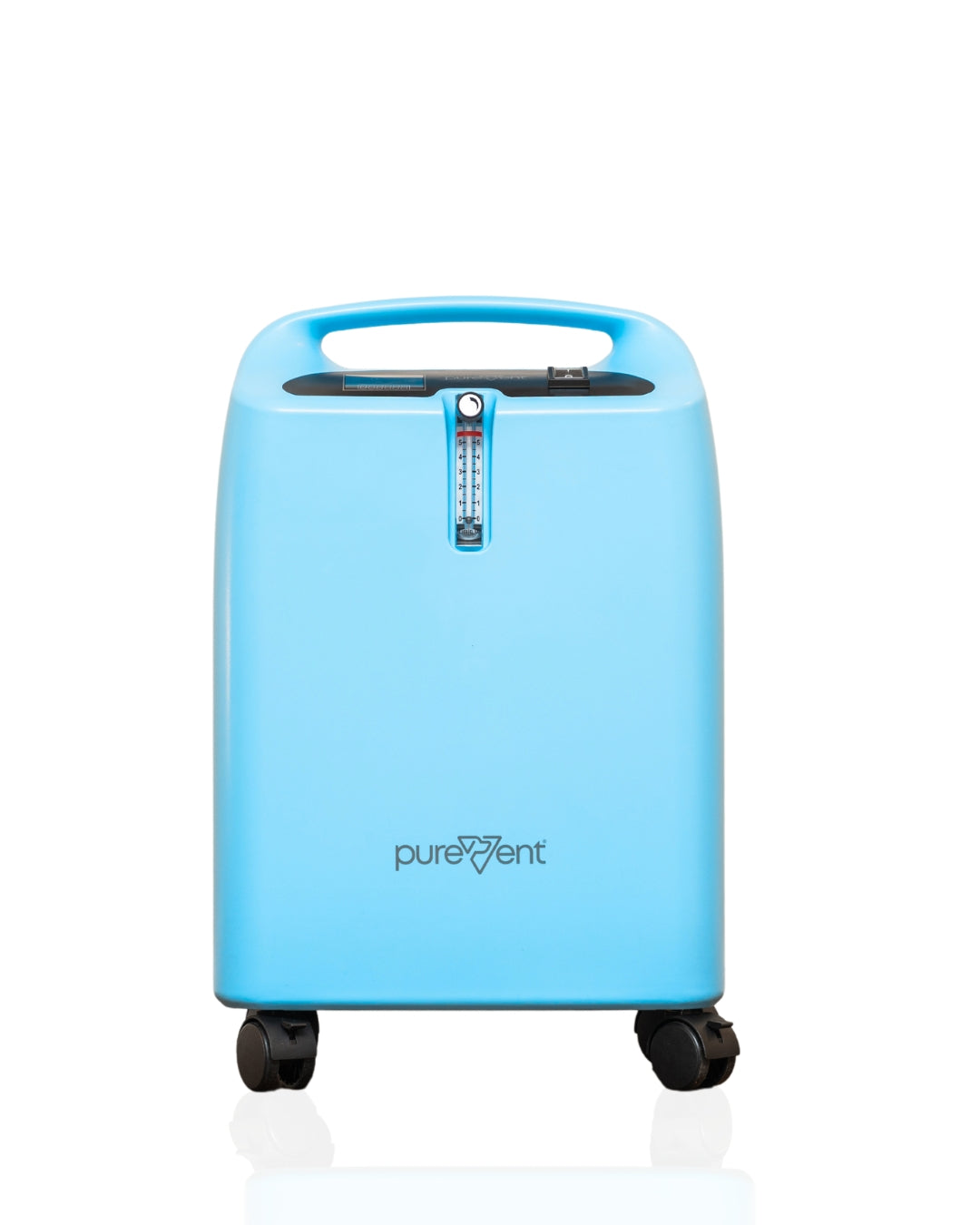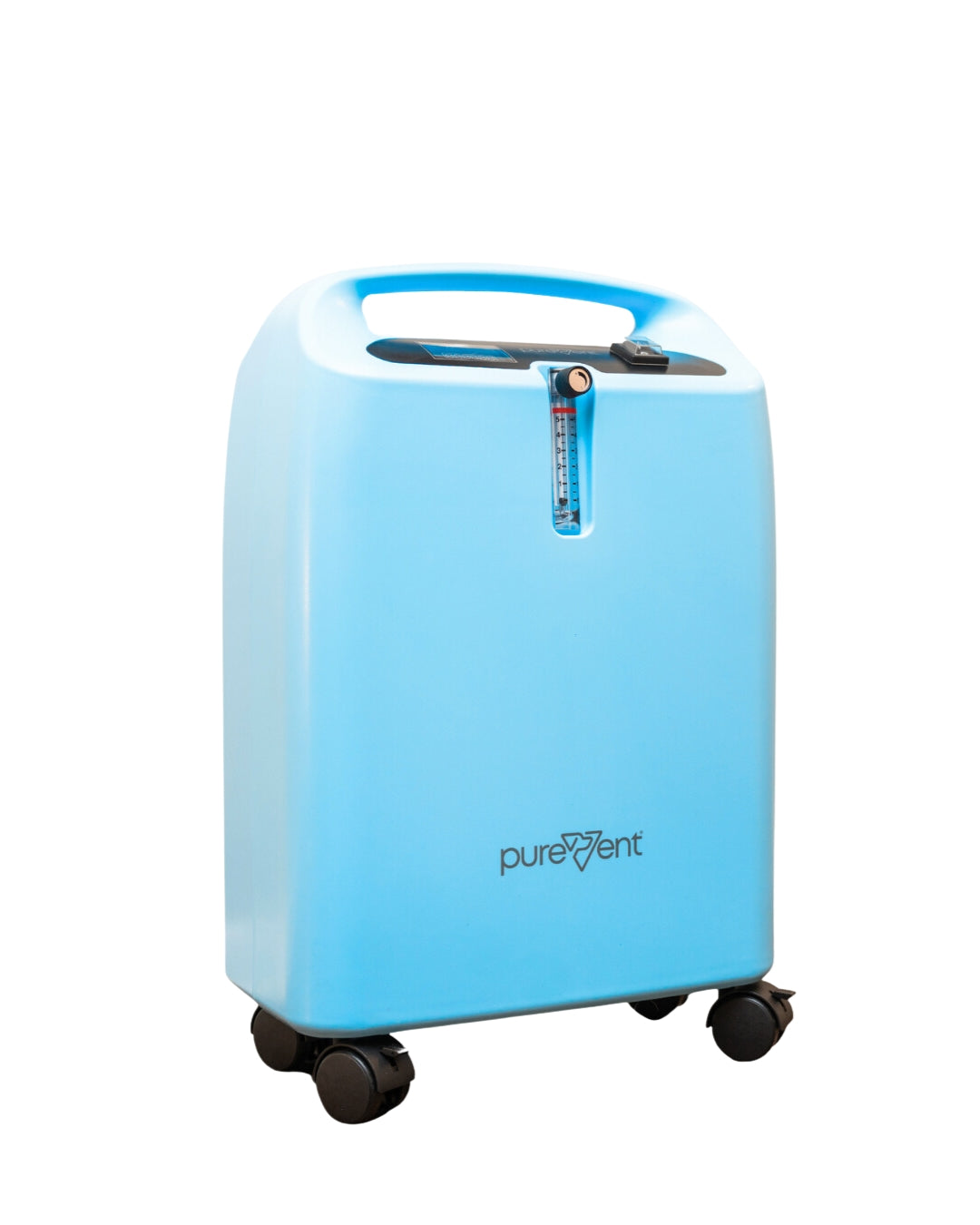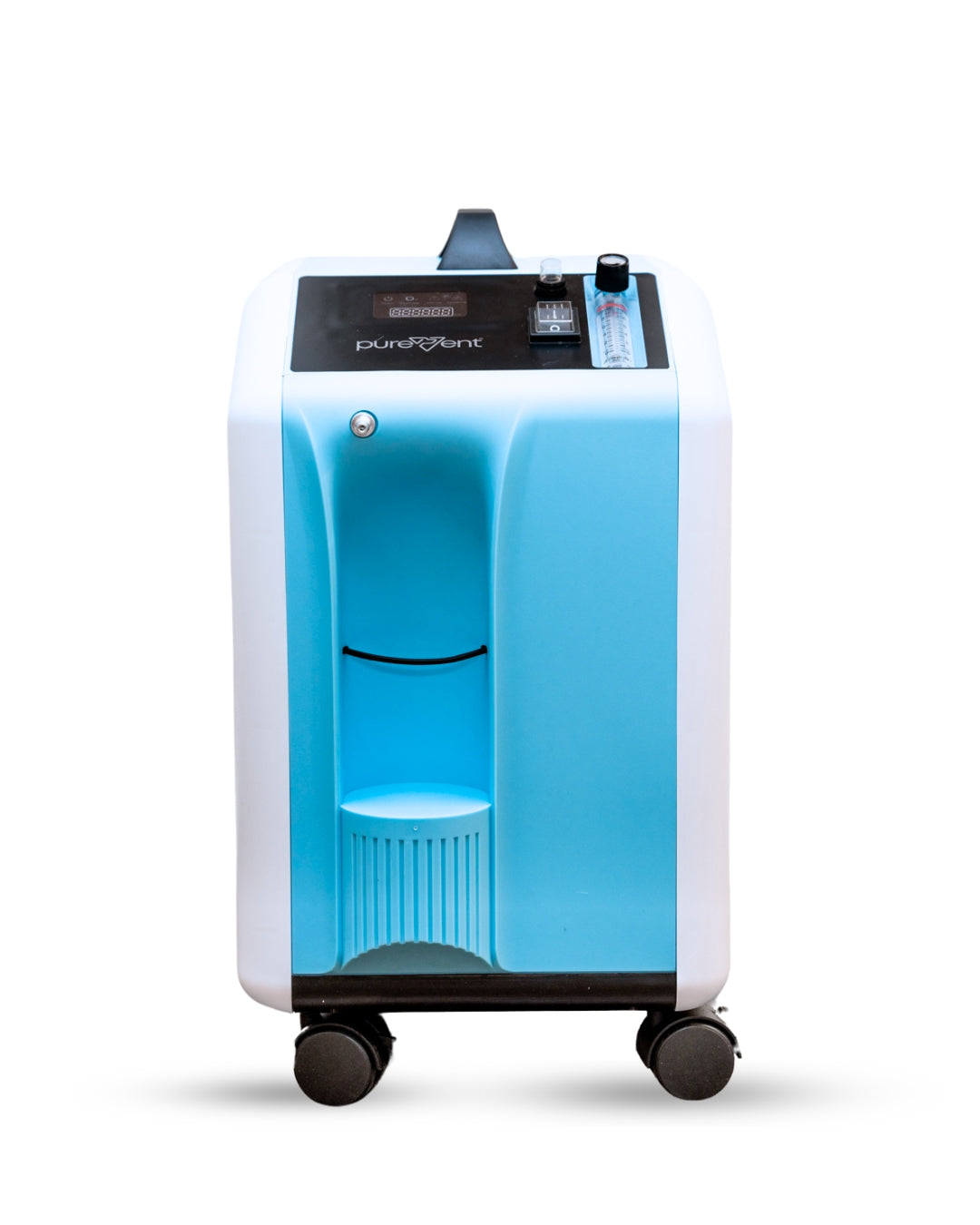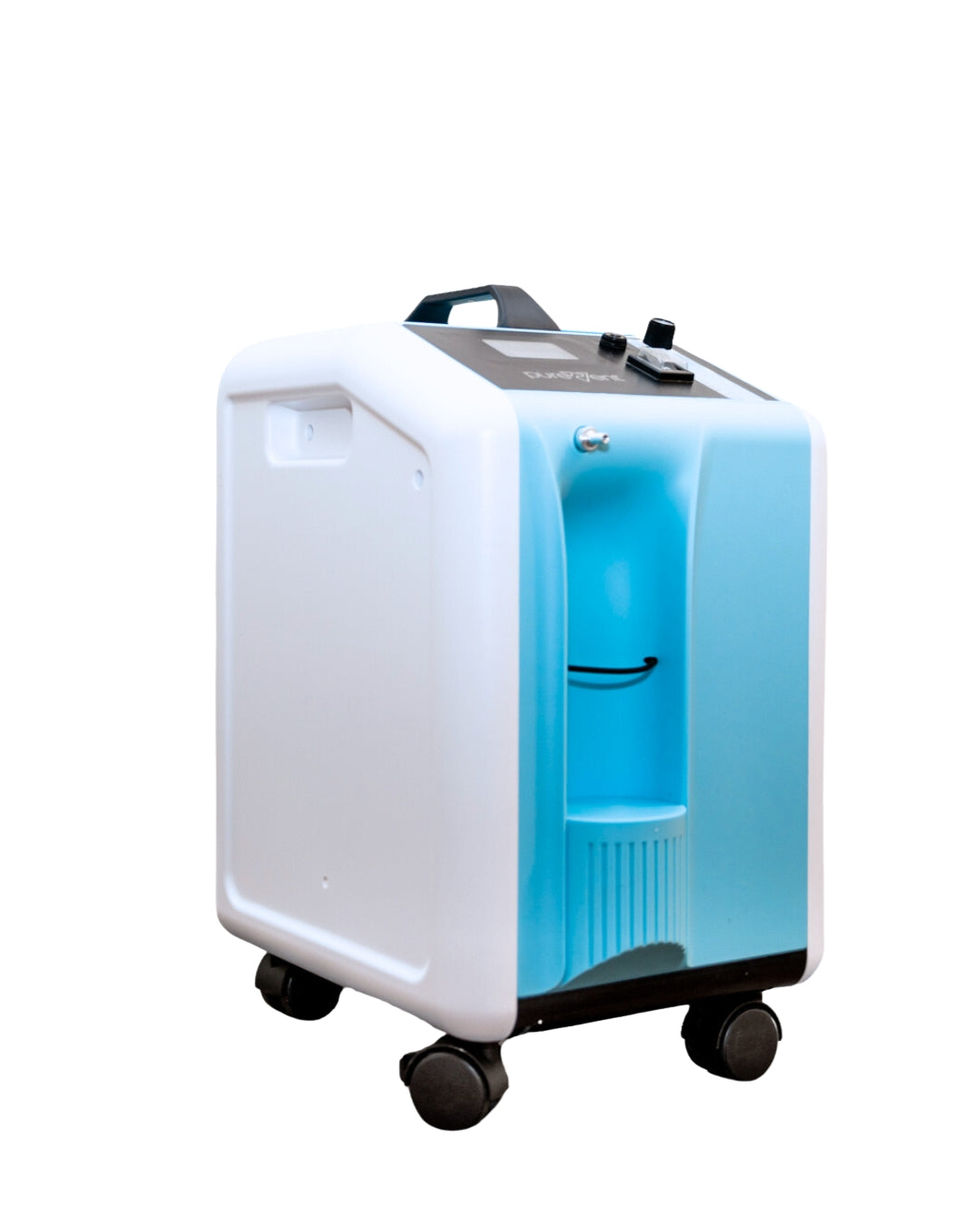In early 2023, veterinarians and pet owners alike were alarmed by the sudden rise in cases of Acute Respiratory Distress Syndrome (ARDS) among dogs. This serious and often life-threatening condition, characterized by severe respiratory distress and failure, began to spread rapidly, causing widespread concern within the pet community. ARDS, previously more common in human medicine, has now become a critical issue for dogs, prompting urgent research and response efforts.
In this article, we aim to shed light on the ARDS dog illness epidemic—exploring its symptoms, causes, and the latest insights into its spread and treatment. By understanding the nature of this epidemic and staying informed about the necessary precautions and interventions, pet owners can better protect their furry companions. Join us as we delve into the key aspects of ARDS, offering guidance on how to recognize the signs and what steps to take if your dog is affected by this troubling condition. Together, we can navigate this challenging time and ensure the health and safety of our beloved pets.
Understanding Acute Respiratory Distress Syndrome (ARDS)
Reports of this mysterious respiratory illness, which have been described as atypical canine respiratory disease, have spread across several states including Oregon, Colorado, and New Hampshire. The illness is marked by symptoms such as prolonged coughing, lethargy, and loss of appetite, and has sometimes led to severe pneumonia that is minimally responsive to antibiotics ( American Kennel Club ) ( JH Bloomberg Public Health ) ( Connecticut Public ) ( Home ).
By understanding the nature of this illness and recognizing its symptoms early, pet owners can take critical steps to ensure their dogs receive the necessary care. Stay informed and vigilant to protect your pets from this emerging health threat.
Although the exact date of the outbreak's beginning is unknown, the Asher House is one of the more widely publicized cases, notably sparking the start of public awareness.
In August of 2023, the Asher House, a prominent organization dedicated to the welfare of dogs, reached out to Pawprint Oxygen with an urgent request. They were in need of our Pet Oxygen Chambers, Concentrators, and Pet Oxygen Masks to assist the dogs within their sanctuary who had been affected by the respiratory illness that has been spreading among canines.
"Because of the outpouring of love and support, all of our vet expenses have been covered," he shared. "We purchased four at-home oxygen chambers, plus a new quarantine facility to put on the sanctuary. We do not need any more donations at this time, and I sincerely cannot thank you all enough." - The Asher House
How Is the Respiratory Illness Transferred from Dog to Dog?
The exact mode of transmission for Acute Respiratory Distress Syndrome (ARDS) in dogs, particularly in the context of the 2023 epidemic, is still under investigation. However, it is believed that ARDS, like other canine respiratory illnesses, is likely spread through respiratory droplets. These droplets can be transferred when an infected dog coughs, sneezes, or even breathes, potentially exposing other dogs through close contact.
In environments where dogs are in close proximity, such as kennels, dog parks, and daycare facilities, the risk of transmission is higher. Dogs can also contract the illness by coming into contact with contaminated surfaces or objects, such as food and water bowls, toys, and bedding. Therefore, maintaining good hygiene and sanitation practices in these environments is crucial to reduce the spread of the disease.
Owners should also be cautious about allowing their dogs to interact with other dogs that exhibit symptoms of respiratory illness, such as coughing, sneezing, or nasal discharge. Early detection and isolation of infected dogs are key strategies in preventing the spread of ARDS.
For more detailed and updated information, it is always best to consult with veterinary health professionals and refer to guidance from veterinary health organizations.
Sources:
- American Kennel Club: Unknown Dog Respiratory Illness: What We Know So Far
- American Veterinary Medical Association: Making sense of the mystery illness found across the US
What Respiratory Illness Symptoms Should I Look for in My Dog?
When dogs become infected with this respiratory illness, they commonly display a range of symptoms. One of the most noticeable signs of this respiratory illness is a persistent and sometimes forceful cough, which can be quite distressing for the dog.
Additionally, affected dogs often experience a fever, with their body temperature rising above normal levels. This can cause them to feel lethargic and less active than usual.
Another common symptom is intermittent loss of appetite, where the dog may show reduced interest in food at certain times. It's important for dog owners to monitor their pets closely and seek veterinary care if any of these symptoms are observed.
How Is the Respiratory Illness Diagnosed?
Diagnosing Acute Respiratory Distress Syndrome (ARDS) in dogs, like many respiratory illnesses, involves a combination of clinical evaluation, diagnostic tests, and ruling out other potential causes of respiratory distress. Here are the key steps typically involved in diagnosing ARDS in dogs:
Clinical Examination:
- Symptoms Assessment: The veterinarian will begin by evaluating the dog's clinical symptoms, such as severe difficulty breathing, rapid breathing, coughing, lethargy, and bluish gums or tongue (cyanosis). These symptoms indicate severe respiratory distress.
- Medical History: The veterinarian will take a detailed medical history, including any recent illnesses, exposures to other sick animals, or potential environmental factors that might contribute to respiratory issues.
Diagnostic Imaging:
- Chest X-rays: X-rays are commonly used to assess the lungs and airways. In cases of respiratory illness, X-rays may show diffuse pulmonary infiltrates, indicating widespread inflammation and fluid accumulation in the lungs.
- Ultrasound or CT Scan: In some cases of this respiratory illness, more advanced imaging techniques like ultrasound or CT scans may be used to get a more detailed view of the lung structures and identify the extent of lung damage.
Blood Tests:
- Complete Blood Count (CBC): A CBC can help identify infections, inflammation, and the overall health status of the dog.
- Blood Gas Analysis: This test measures the levels of oxygen and carbon dioxide in the blood, helping to assess the severity of respiratory failure and the dog’s ability to oxygenate its blood effectively.
Pulse Oximetry:
- This non-invasive test measures the oxygen saturation of the blood and helps determine how well the lungs are functioning to deliver oxygen to the bloodstream.
Bronchoscopy:
- In some cases, a bronchoscopy might be performed to visually examine the airways and collect samples for further analysis. This procedure involves inserting a small camera into the airways to check for abnormalities and obtain fluid or tissue samples.
Tracheal Wash/Bronchoalveolar Lavage:
- These procedures involve flushing a small amount of sterile fluid into the trachea or lower airways and then retrieving it for analysis. The fluid is examined for the presence of infectious agents, inflammatory cells, and other indicators of lung disease.
Ruling Out Other Conditions:
- This respiratory illness can be a result of various underlying conditions such as infections, toxins, trauma, or other systemic diseases. Therefore, the diagnostic process includes ruling out other potential causes of the symptoms through comprehensive testing and examination.
Diagnosing the respiratory illness is a complex process that requires thorough evaluation and the use of multiple diagnostic tools to confirm the condition and determine the underlying cause. Early and accurate diagnosis is crucial for initiating appropriate treatment and improving the chances of recovery.
Oxygen Therapy for Long and Short Term Care
Oxygen therapy is critically important for dogs diagnosed with Acute Respiratory Distress Syndrome (ARDS) due to its role in ensuring adequate oxygenation of tissues and organs when the lungs are compromised. Here are the key reasons why oxygen therapy is essential for managing ARDS in dogs:
Improves Oxygen Levels: ARDS severely impairs the lungs' ability to oxygenate the blood due to inflammation and fluid accumulation in the alveoli. Oxygen therapy increases the amount of oxygen available, helping to maintain adequate blood oxygen levels and prevent hypoxia, which can cause organ failure and other serious complications.
Reduces Respiratory Effort: By providing a higher concentration of oxygen, therapy reduces the effort required by the dog to breathe. This helps to alleviate the stress and fatigue associated with labored breathing, which is common in dogs suffering from ARDS.
Supports Vital Organ Function: Adequate oxygenation is essential for the proper functioning of vital organs such as the heart, brain, and kidneys. Oxygen therapy helps to ensure these organs receive enough oxygen to perform their functions effectively, thereby supporting overall health and recovery from this respiratory illness.
Prevents Further Complications: By stabilizing oxygen levels in the blood, oxygen therapy can prevent complications such as organ damage, cognitive impairment, and additional respiratory distress, which can arise from prolonged low oxygen levels (hypoxia) from respiratory illnesses.
Enhances Healing and Recovery: Providing a consistent supply of oxygen supports the healing process by ensuring that tissues and cells have the necessary oxygen to repair and regenerate. This is particularly important in the lungs, where damaged alveoli need time and adequate oxygen to heal.
Enables Effective Treatment: Stabilizing a dog’s condition with oxygen therapy allows veterinarians and pet owners to implement other necessary treatments more effectively. For instance, medications to reduce inflammation and treat any underlying infections can work better when the dog’s oxygen levels are stable.
In summary, oxygen therapy is a cornerstone in the management of ARDS and respiratory illnesses alike in dogs, providing critical support to maintain oxygenation, reduce respiratory distress, support vital organ function, prevent complications, and enhance overall recovery.
By working closely with your veterinarian Pawprint Oxygen can help with at home care for your dog, who may be suffering we a respiratory illness. Our bundled Oxygen options cover your pet if they're in need of daily/weekly care as well as emergency mobile or transport oxygen. Bundles are a safe, easy, and cost-effective way to administer oxygen therapy to your pet (in the comfort of your own home).
The Long Road To Respiratory Illness Recovery
Based on the reports we have received from pet parents, it appears that the recovery process for their pets affected by the respiratory illness is a significant and prolonged undertaking. Many parents have shared that their pets require a recovery period of at least 2 months or more.
As a result, some pet owners have made the decision to administer oxygen at home to their pets for this respiratory illness, rather than subjecting them to extended stays in urgent care facilities. This approach allows the pets to receive the necessary care and treatment in the comfort of their own familiar environment. By opting for home oxygen administration, pet parents are able to closely monitor their pets' progress and provide them with the care they need throughout the extended recovery period from this respiratory illness.





